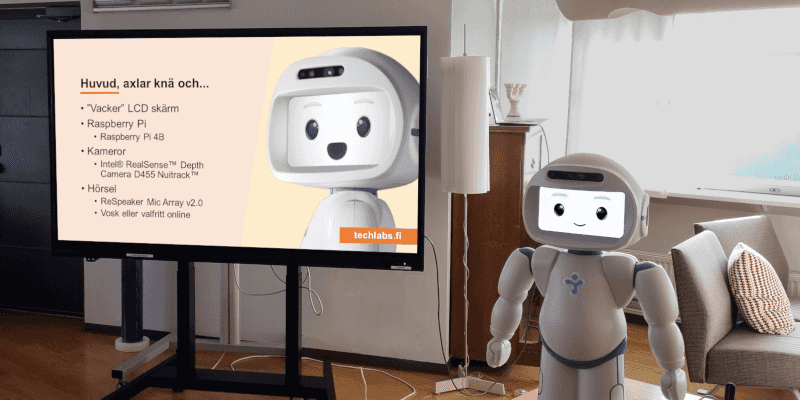TAIS - WP3



This project aims to explore how Humanoid Robots can be used in sensitive contexts by considering elements of privacy and GDPR. We aim to study if these devices can support early child education and activities carried on in daycares.

Summary
SAFE AND SECURE AUTONOMOUS ROBOTS FOR SENSITIVE ENVIRONMENTS
The development of humanoid robotics for the introduction into sensitive environments such as medical or pediatric environments may reveal sensitive information that should not be processed outside that environment. This work package focuses on the early childhood education context and the possibility of employing AI applications that interact with pre-elementary school pupils. Recently, movements have been worldwide to ensure trustworthiness, privacy, and fairness in autonomous systems (those capable of taking actions with little or no human supervision) and, generally, any technology that uses automatic decision-making via artificial intelligence algorithms (He, 2021; Hesken, 2021).
These movements have impacted the assistive robotics industry; nowadays, there is no straightforward solution to the issue of trustworthiness from the top market players (Chatzimichali, 2021). For instance, Softbank Robotics and its famous humanoid robot Pepper have a closed environment for their applications, making it difficult to audit them to ensure their fairness and lack of biases. Other famous humanoid robots such as Amy and Sanbot are permanently connected to servers in mainland China, making the situation on privacy and trust to the use of robotic technologies even worse (Hägglund, 2022). These situations are usually the rule and not the exception within the industry. This conundrum could impact technologies' future development and use in potentially sensitive environments (childcare, hospitals, etc.). It can also be considered a problem by different market actors. The issue of trustworthiness also opens the door to develop and study new technologies that could lead to a new generation of autonomous robots. At Arcada, we have experience in designing these services on humanoid robots, as we have access to three humanoid robots and other sets of non-humanoid ones (Majd, 2021). We have developed know-how in the last few years via different projects that allow us to include non-proprietary applications within their operative systems (Hägglund, 2022).
People

Leonardo – Head of A²I Lab
I am a Principal Lecture in Technology & Head of A²ILab. I have a very broad range of research interests comprehending, but not limited to, areas such as autonomous intelligent machines, mining of big datasets, clustering of time series, causality, quantum machine learning, extreme learning machines, creative machines, philosophy of artificial intelligence, computer vision, deep reinforcement learning among many others.
See profile
Christa – Head of RoboLab
Ms Tigerstedt (PhD) is a trainer, project manager and researcher at the Department of Business Management and Analytics at Arcada UAS.
See profile
Dennis – Head of DevLab
Dennis Biström is an IT-Lecturer and Researcher at Arcada UAS where he teaches full stack web programming and data managing, visualization and engineering. He is a PhD student at Åbo Akademi where he is researching human robot interaction (HRI).
See profile
Kristoffer – Developer
IT Engineer and previous practical nurse (7 years of working experience in education) from Sweden with a new found passion in IT. Currently working @Arcada University of Applied Sciences as a developer in various research projects. Always open for opportunities to further my knowledge, education and experience.
See profileRecent Posts

Coffee & Tech with QT
Finally, QT got to do proper introductions to the fine folks here at Arcada. Capturing attention and bringing laughter in the coffee room…
Read more about Coffee & Tech with QTPublications
This project does not have any publications yet